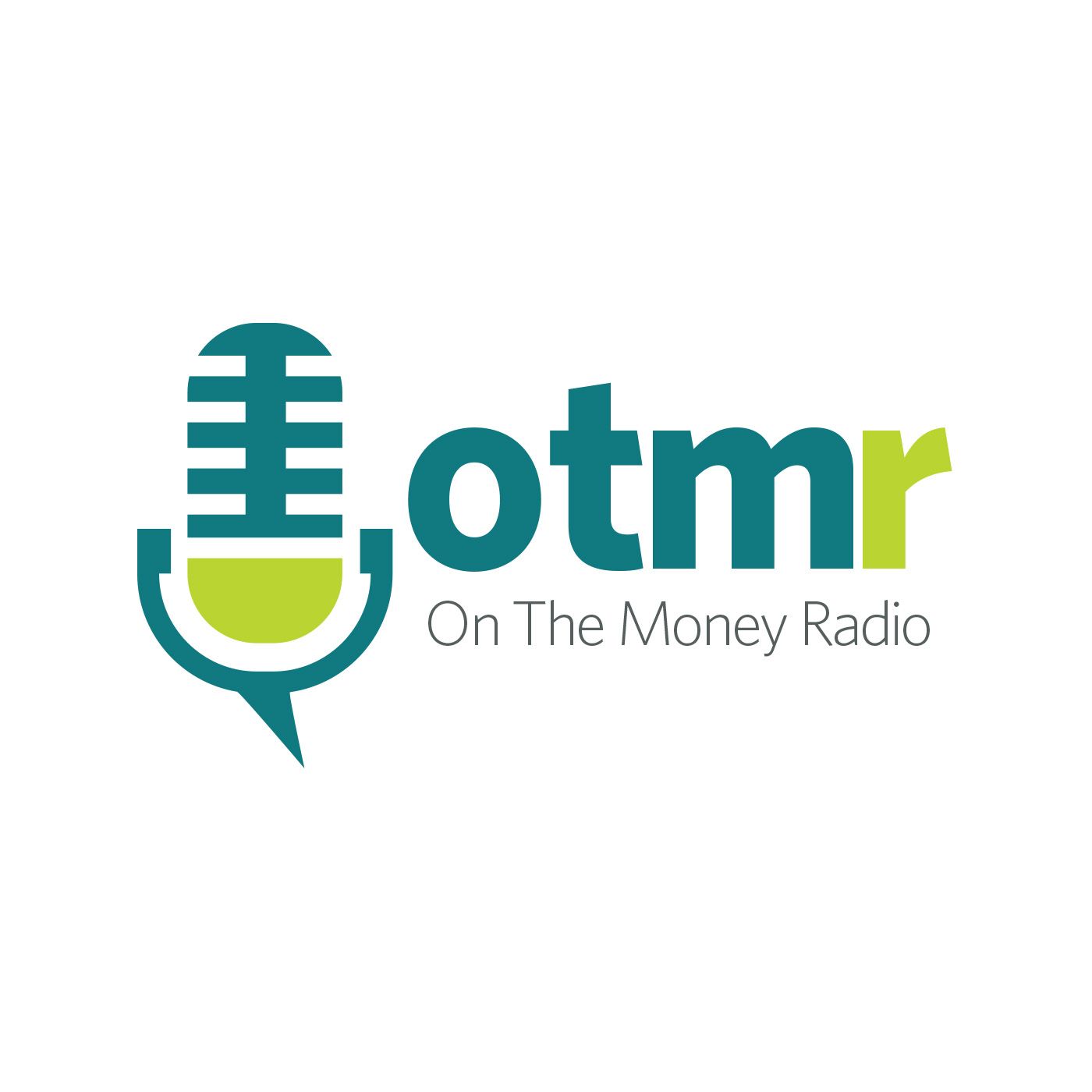Bonds: The Nerds In High School You Should Have Befriended

b'Whenever any of us decides to tune into the financial media to see what\\u2019s going on and learn possible places to invest our money, all we hear about is stocks\\u2014such and such stock is hot, such and such is not, and so on\\u2014however, you rarely hear about bonds. I guess they\\u2019re not as interesting as stocks. Bonds are pretty stable, mostly pay a fixed interest rate, and mature sometime in the future, so they\\u2019re kind of boring.
I\\u2019m not going to argue that point. They are and should be boring\\u2014 that is the point\\u2014which is why they hold a valuable place in the diversification of your hard-earned money.
But, ah, here\\u2019s the rub. We all know that interest rates are low, right? You can borrow money to buy a home and pay under 4%. That\\u2019s a loan to you for 30 years at under 4%. It\\u2019s ecstatically low! So it\\u2019s one thing to borrow money at a low rate, but if you lend the money at a low rate, it looks less attractive.
By the way, lending money is the definition of a bond. When you own one, you are, in fact, lending money to someone or some entity. Take Apple, for example. This year, Apple issued $12 billion worth of bonds that mature in 30 years. The interest rate you would receive if you bought it is 4.65%. Would you loan someone money for 30 years for 4.65%? Let\\u2019s say you were unsure if Apple was going to be around in 30 years for you to get your money back. Let\\u2019s say you only wanted the safest security on the planet. That would be US Treasury Bonds. Right now the yield on the 30-year US Treasury bond is 2.3%. After taxes and inflation, you are actually losing money. So, as interest rates continue to be low, bonds do not look attractive to most investors.
As investors know, central banks are keeping rates low, low, low to ward off the risk of recession in an uncertain environment. Despite on-again off-again expectations of tightening from the U.S. Federal Reserve, benchmark rates seem likely to stay pretty much where they are for some time to come.
Even so, the collapse in yields worldwide has left U.S. corporate bonds as one of the last places on earth to get relatively safe, steady income. So while investors fret over low-interest rates and low payouts, the relative attractiveness of U.S. corporate debt has drawn in billions of investor cash. That could be a boon for American businesses who, like Apple, can borrow almost unlimited amounts to drive their competitive advantage in a global marketplace.
And this low-interest rate scenario means bonds are expensive because bond prices go up as rates drop in an inverse relationship. And for individual investors, who have to pay transaction costs, yields are even lower.
So a natural response might be to look beyond bonds and concentrate on dividends. For example, if you buy an S&P 500 type index fund that concentrates on the higher dividend paying companies, you can get around a 3% yield, which isn\\u2019t bad for a diversified income play compared to traditional fixed income options. Individual stocks can offer even higher yields, of course, and you don\\u2019t have to go crazy with risk-taking to find them. For instance, a lot of banks offer dividend yields north of four percent.
But it\\u2019s when you get greedy that the troubles with non-bond income generators might start to appear. There is always the risk of dividend cuts and other unforeseen issues that accompany the uncertainty of certain investments, like stocks and real estate.
This might sound counter-intuitive after noting how low bond yields are, but the uncertainty of dividend yields only highlights the real value and role of bonds. At the most basic level, in a well-constructed portfolio, bonds are there to diversify risk. After all, when stocks do poorly, bonds usually do better
So while you should goose your portfolio with solid income-generating dividend stocks, investors should not give up on safe-haven bonds, despite the low yields,'